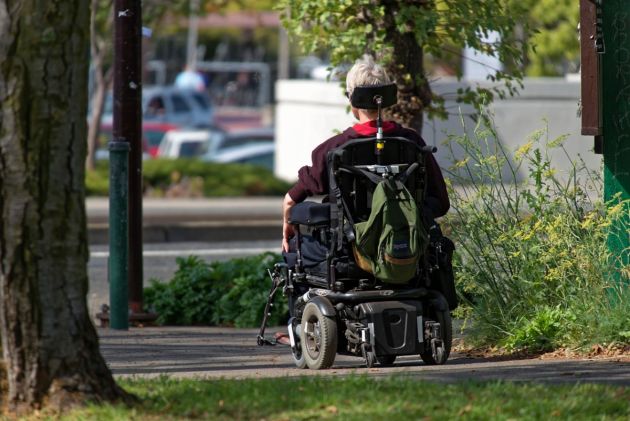Health news: Bionic spine to help paralyzed patients walk again

A newly developed "bionic spine" can give paralyzed patients greater mobility when implanted into the blood vessel that is found next to the brain. This technology, once implanted, is able to read electric signals and send them into bionic limbs, exoskeleton, or wheelchair, which then enables patients to walk again.
Measuring just about the size of a paper clip, this device will only require a small cut on the back of a patient's neck. It will then be fed into the blood vessels that lead to the brain through the use of a catheter containing the bionic spine.
Once the catheter reaches the the top of the motor cortex — the place where the nerve impulses that control voluntary muscular activities are found — the catheter will be removed and the device left behind. The team behind this technological development assured that the whole procedure will only take a few hours.
"We have been able to create the world's only minimally invasive device that is implanted into a blood vessel in the brain via a simple day procedure, avoiding the need for high risk open brain surgery," said lead researcher Thomas Oxley from the Royal Melbourne Hospital and the University of Melbourne.
Nicholas Opie, one of the team members added that this is already a common procedure done at the Royal Melbourne Hospital when medical practitioners have to remove blood clots. "The difference with our device is we have to put it in, and leave it in." he told The Guardian.
The bionic spine has only been tested in sheep. Human trials are expected to begin by 2017. The team plans to select three patients from from Royal Melbourne Hospital's Austin Health spinal cord unit.
This device will not be something that recipients would immediately know how to use, thought. Mind-control training on how to maneuver bionic limbs and other apparatuses will be essential until the patients develop their subconscious thoughts.
The technology has been reported in Nature Biotechnology.